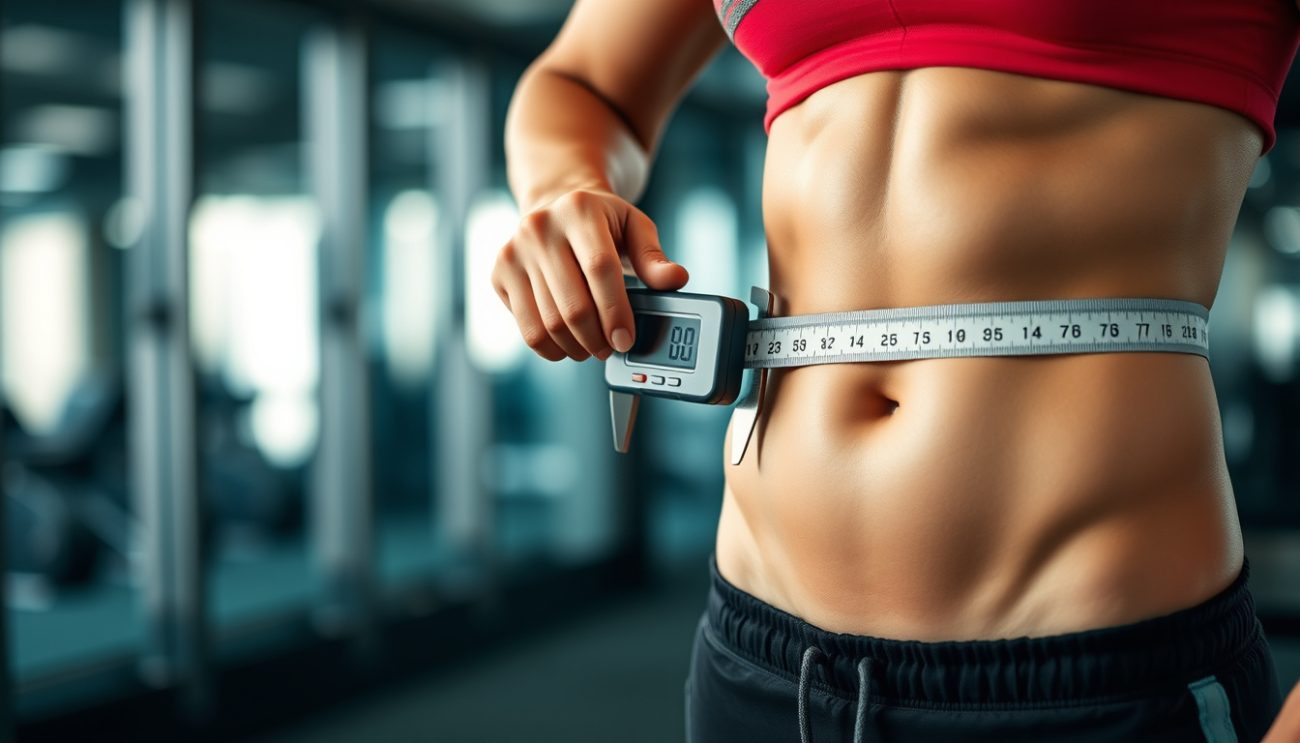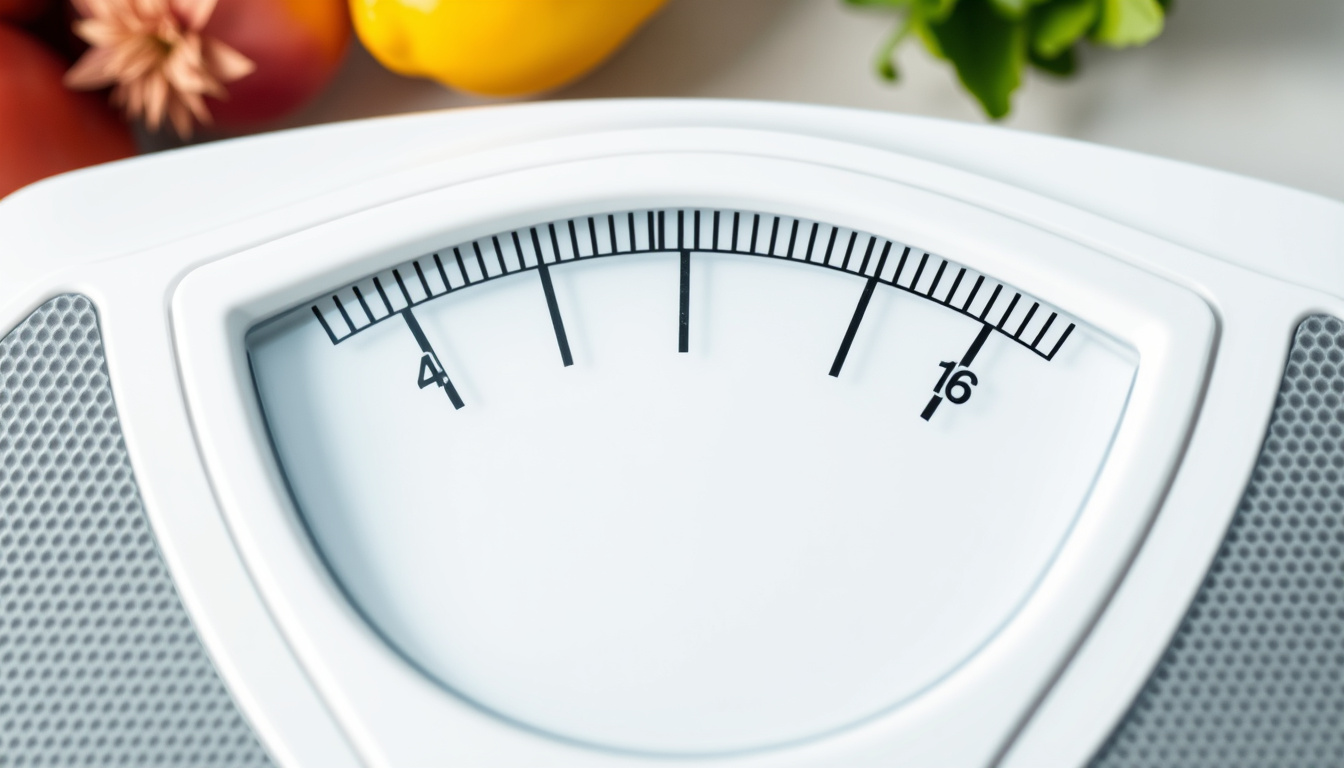Body Fat Calculator Guide: How to Measure Your Health Accurately
Understanding your body composition is essential for tracking your fitness progress and maintaining overall health. While the number on your scale tells part of the story, it doesn’t reveal more critical information, such as the

Understanding your body composition is essential for tracking your fitness progress and maintaining overall health. While the number on your scale tells part of the story, it doesn’t reveal more critical information, such as the percentage of fat your body contains. This is where a body fat calculator becomes invaluable. Using a body fat calculator allows you to accurately measure and monitor your health beyond just weight, providing a clearer picture of your physical condition.
In this guide, we’ll explore what a body fat calculator is, how it works, the various methods to measure body fat, and tips on using results to improve your health effectively.
What Is a Body Fat Calculator?
A body fat calculator is a tool designed to estimate the percentage of fat in your body. Unlike traditional weight scales, which simply measure total body mass, body fat calculators help distinguish fat from lean mass, such as muscle, bones, and organs. This differentiation is crucial because a healthy body fat percentage varies depending on factors like age, gender, and fitness goals.
Body fat calculators can be physical devices, online tools, or apps, and they often use formulas based on different body measurements or electrical signals to estimate fat percentage.
Why Is Measuring Body Fat Important?
Tracking your body fat percentage offers several advantages:
- Better health assessment: Excess body fat, particularly around the abdomen, increases the risk of diseases like diabetes, heart disease, and hypertension. Measuring body fat helps identify these risks more accurately than weight alone.
- Tailored fitness plans: Knowing your body fat percentage can help customize exercise and diet programs focused on losing fat or building muscle.
- Monitor progress: Body fat tracking allows you to gauge the effectiveness of your fitness routine and adjust as needed.
- Motivation: Seeing improvements in body composition can provide motivation beyond just scale weight changes.
Popular Methods of Using a Body Fat Calculator
There are different ways a body fat calculator estimates your fat percentage, commonly including:
1. Skinfold Measurement
One of the most popular and cost-effective methods involves using calipers to measure the thickness of skinfolds at various body parts, such as the abdomen, thigh, and triceps. These measurements are then plugged into formulas to estimate body fat percentage.
Pros: Inexpensive, fairly accurate when done correctly.
Cons: Requires skill for accuracy; inconsistent measurements can lead to errors.
2. Bioelectrical Impedance Analysis (BIA)
BIA devices send a low electrical current through your body to estimate fat mass based on electrical resistance, as fat and muscle conduct electricity differently. Many body fat scales and handheld devices use this method.
Pros: Quick, non-invasive, easy to use at home.
Cons: Accuracy varies with hydration levels, meal timing, and skin temperature.
3. Circumference Measurements
This method uses a few specific body measurements, such as waist, neck, and hip circumference, combined with height and weight in a formula. Many online body fat calculators use this approach.
Pros: Requires no special equipment; easy to measure at home.
Cons: Less accurate for athletes or very muscular individuals.
4. Advanced Methods
Other techniques include dual-energy X-ray absorptiometry (DXA), hydrostatic weighing, and air displacement plethysmography (Bod Pod), generally used in clinical or research settings due to cost and equipment size.
How to Use a Body Fat Calculator Effectively
Using a body fat calculator properly ensures more reliable results. Here are essential tips:
- Choose your preferred method: Based on your budget, convenience, and accuracy needs.
- Be consistent: Take measurements at the same time of day, ideally under similar conditions.
- Follow instructions carefully: Whether using calipers or an online calculator, precise measurement locations and technique are crucial.
- Track over time: Don’t rely on a single measurement. Monitor trends over weeks and months.
- Combine with other health markers: Use alongside BMI, waist-to-hip ratio, and lifestyle factors for a comprehensive health assessment.
Step-by-Step: Using a Body Fat Calculator Based on Circumference Measurements
To give you a practical example, here’s how you can estimate your body fat percentage using your measurements and an online body fat calculator:
- Gather tools: A flexible tape measure and a calculator or online tool.
- Measure key points:
- Waist circumference: Measure at the narrowest point between your ribs and hips.
- Neck circumference: Measure just below your Adam’s apple.
- Hip circumference (for women): Around the widest part of your hips.
- Record your height and weight.
- Input measurements: Enter the data into the body fat calculator.
- Review results: The calculator estimates your body fat percentage and may provide guidance on healthy ranges.
Understanding Healthy Body Fat Percentages
Healthy body fat levels vary by age and sex, but general guidelines are:
| Gender | Essential Fat | Athletes | Fitness | Average | Obese |
|---|---|---|---|---|---|
| Women | 10-13% | 14-20% | 21-24% | 25-31% | 32%+ |
| Men | 2-5% | 6-13% | 14-17% | 18-24% | 25%+ |
Keep in mind these are approximate ranges. It is advisable to consult with healthcare providers for personalized advice.

Frequently Asked Questions
How accurate is a body fat calculator compared to other methods?
The accuracy varies by method. Skinfold calipers and BIA can provide reasonable estimates, but their precision depends on the user’s technique and consistency. Advanced clinical methods like DXA are more accurate but less accessible.
Can a body fat calculator replace weighing scales?
No, both tools serve different purposes. Scales measure overall weight, while body fat calculators estimate fat composition. Using both gives a clearer understanding of health.
How often should I use a body fat calculator?
For most people, measuring once every 2-4 weeks is sufficient to track meaningful changes. Frequent daily measurements may show fluctuations due to hydration and other factors.
Conclusion: Take Control of Your Health Today
A body fat calculator is more than just a number machine — it’s your partner in understanding and improving your health. Whether you are aiming to lose fat, gain muscle, or maintain a healthy lifestyle, accurately measuring your body fat percentage can help you set realistic goals and track progress intelligently.
Start using a body fat calculator today to gain insight into your body composition. Combine this knowledge with a balanced diet, regular exercise, and healthy habits to transform your well-being. Don’t just weigh yourself — know your body fat and unlock the path to a healthier you!



